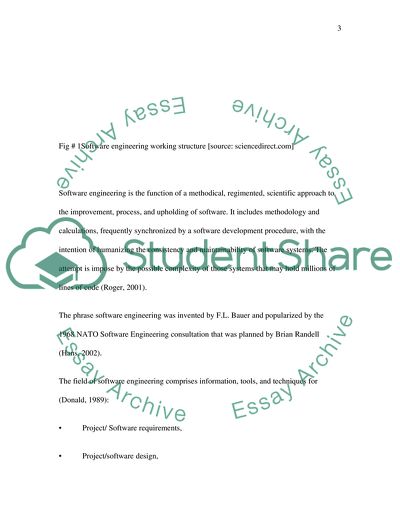Cite this document
(History and Definition of Software Engineering Requirements Research Paper, n.d.)
History and Definition of Software Engineering Requirements Research Paper. Retrieved from https://studentshare.org/information-technology/1717206-requirement
History and Definition of Software Engineering Requirements Research Paper. Retrieved from https://studentshare.org/information-technology/1717206-requirement
(History and Definition of Software Engineering Requirements Research Paper)
History and Definition of Software Engineering Requirements Research Paper. https://studentshare.org/information-technology/1717206-requirement.
History and Definition of Software Engineering Requirements Research Paper. https://studentshare.org/information-technology/1717206-requirement.
“History and Definition of Software Engineering Requirements Research Paper”, n.d. https://studentshare.org/information-technology/1717206-requirement.


